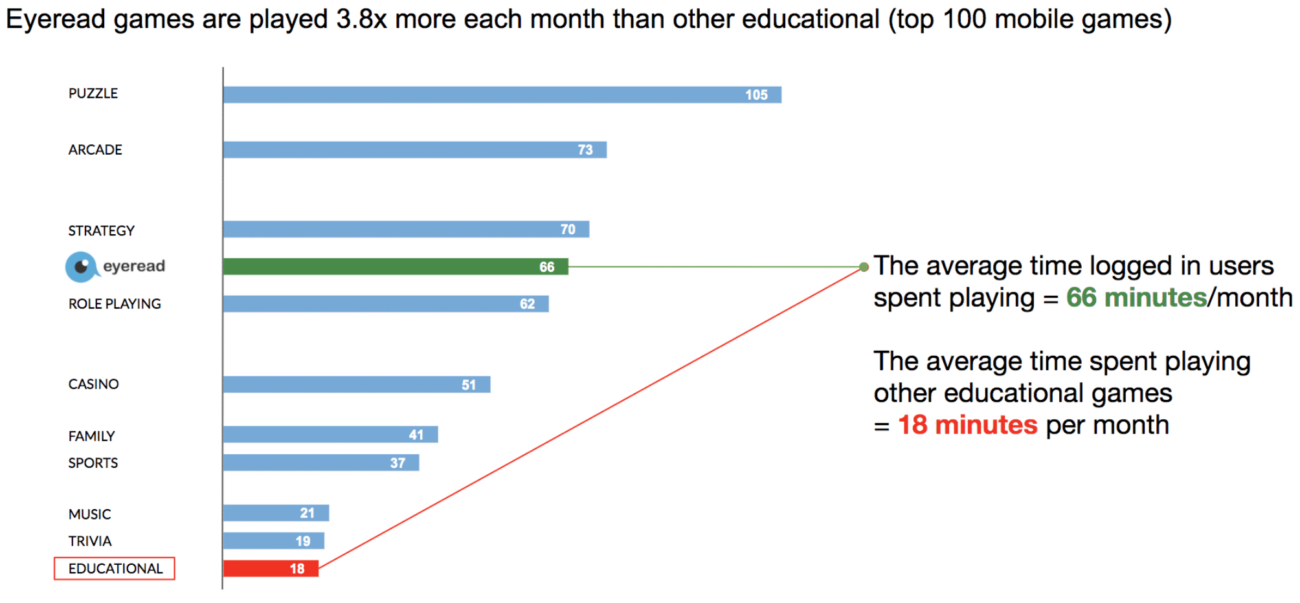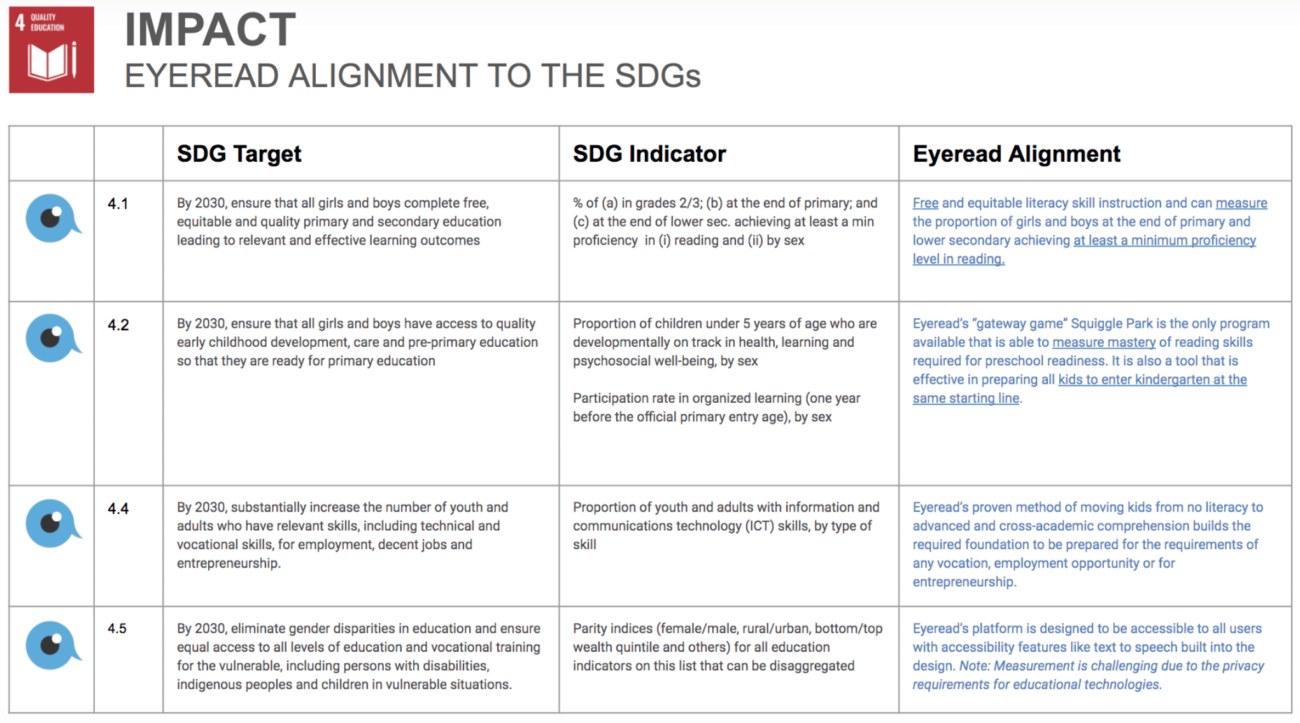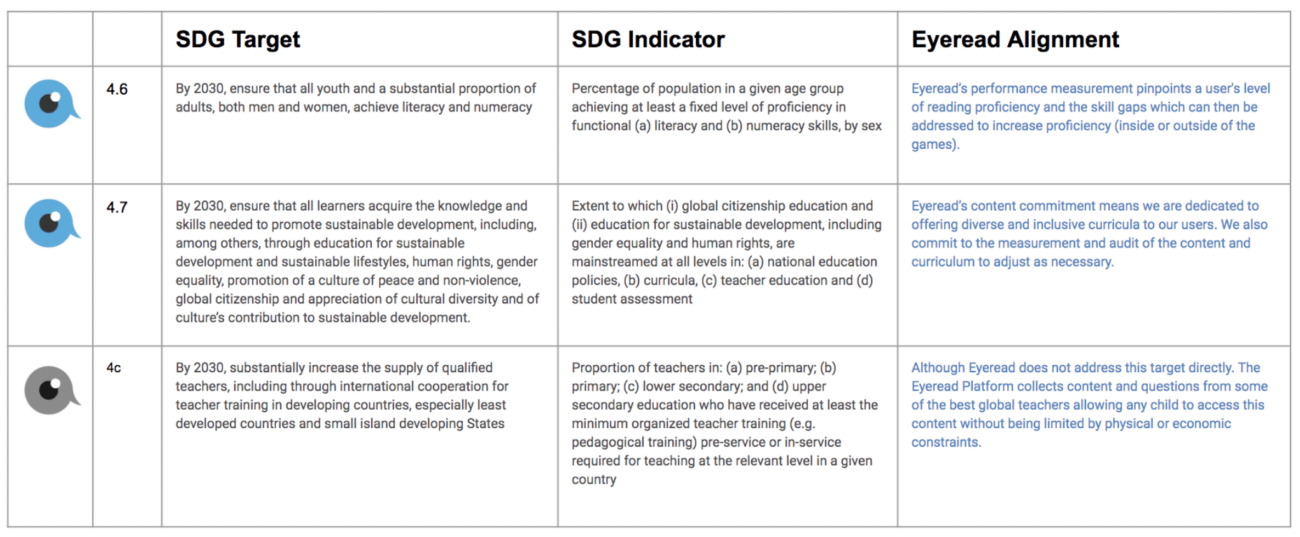Every child now has access to the best education through games they love.
Julia Rivard Dexter
Co-Founder and CEO, Shoelace Learning
Shoelace Learning was founded with equity at it’s core. Because of this, the company has developed a sustainable model, measurably growing its impact in a way that’s tied to profitable growth. The platform’s freemium games ensure all kids can play and access the best research based learning at no cost while kids whose parents want to purchase game assets for their kids can do so in the platform, subsidizing the costs for all. Shoelace Learning commits to maintaining a free to play model while delivering a product that meets the education needs of learners in a way that is fun, effective and trusted.
Fun first. We know that kids will not engage in content that is not fun and in the last few decades the bar has been raised in gaming and entertainment. Now, the level of content kids expect is high and traditional learning is losing them. The first of Shoelace Learning’s missions is to make sure their learning games are as fun as other video game kids play to promote self-led learning. This is measured by the time kids spend playing Shoelace Learning games.

In addition to being fun, Shoelace Learning commits to ongoing research, development and study to measure the effectiveness of its adaptive learning. The company uses feedback loops from the technology and users to continuously improve the delivery of learning in a way that leads to the best results for each individual learner. Shoelace Learning studies have shown that 30 minutes of play per week over the course of 15 weeks can measurably improve the literacy skills of all learners. For more information about our research or to partner on a study, please visit our research page on the website.

“Education enables upward socioeconomic mobility and is a key to escaping poverty. Over the past decade, major progress was made towards increasing access to education and school enrolment rates at all levels, particularly for girls. Nevertheless, about 260 million children were still out of school in 2018 — nearly one fifth of the global population in that age group. And more than half of all children and adolescents worldwide are not meeting minimum proficiency standards in reading and mathematics.
In 2020, as the COVID-19 pandemic spread across the globe, a majority of countries announced the temporary closure of schools, impacting more than 91 per cent of students worldwide. By April 2020, close to 1.6 billion children and youth were out of school. And nearly 369 million children who rely on school meals needed to look to other sources for daily nutrition.
Never before have so many children been out of school at the same time, disrupting learning and upending lives, especially the most vulnerable and marginalised. The global pandemic has far-reaching consequences that may jeopardize hard won gains made in improving global education.”
Shoelace Learning understands this and has aligned the company’s impact objectives to the UN’s SDGs for Quality education. Below is a chart that describes how Shoelace Learning aligns to each SDG Target and Indicator. For a downloadable document please click on this link.


For more information on how you can implement the Shoelace Learning platform to support learners, please reach out to us at support@shoelacelearning.com.
Are you looking to tackle some of the biggest challenges and opportunities in engagement in education? Join our team of innovators, creators and educators.
We are looking for districts and universities to partner with to continue measuring the effectiveness of digital learning. Contact us to learn more about how you can partner with us.